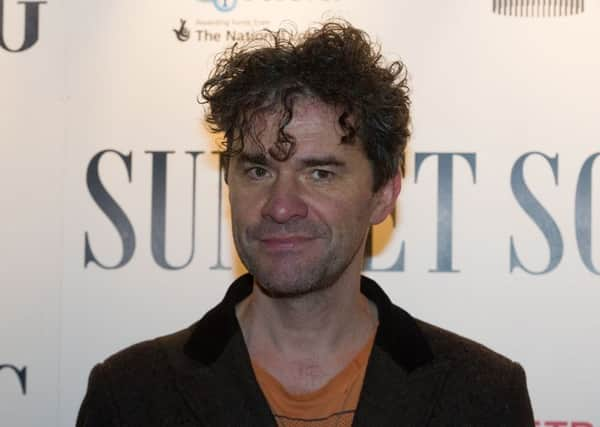Book review: The Story of Looking, by Mark Cousins


It is a book with obvious precedents. It is a pendant to John Berger’s radical Ways Of Seeing, and a more scattergun version of Ernst Gombrich’s The Story Of Art. There are, as one would expect, genuflections to Roland Barthes, Susan Sontag, Raymond Williams and Paul Virilio. Cousins – most famous for his excellent The Story Of Film – frequently uses cinematic images alongside photographs, paintings, frescoes, sculptures and architecture. He is alert to the irony of a “still” from a “movie”, and many of the finest analyses are when he turns his attention to these images. As one would expect, the range is eclectic – not anti-Hollywood, given the number of references to Star Wars – but open to and eager about the cinematic cultures of India, Japan, Russia and elsewhere. It is perhaps to most readers a minor matter, but I was delighted that he credited the cinematographers as much as the directors.
Enthusiasm is a fine thing. It is the book’s principal virtue and its vice. In the space of a few pages we have Laura Dern, “like she has just seen Godzilla or an atom bomb or Lenin or Oum Kalthoum or the double helix or Buchenwald”, Jaws, The Exorcist and Jurassic Park, the Zapruder footage of the Kennedy assassination, Surrealism, Dadaism, baroque pictures of the Ascension of the Virgin and the destruction of the Twin Towers. Later we have, on the benefits of looking, this list: “colour; landscape; Leonardo da Vinci’s notebooks; people-watching; the faces of those you love; protest; Galileo; David Hume; the Bauhaus; visual comedy; the films of Larisa Shepitko and Claire Denis; the electron microscope; and Skype? I am not sure I have seen a list like that in the world”. I’m not sure I have either, and I’m not sure entirely why I should. Profusion is not the same as precision.
Advertisement
Hide AdThe best parts of this book are the detail not the sweep. At the beginning there is a very fine section on the colour harmony of gold and azure, noticing its optical rhyme in works as diverse as da Vinci’s The Virgin Of The Rocks, Iranian mosques, Van Gogh’s The Starry Night and Les Parapluies de Cherbourg. He writes interestingly and engagingly about sfumato – smokiness or fuzziness – and how it can beguile, occlude and force us to look.
When it turns to the wider cultural history, too much of it is hand-me-down thinking. The sketches of the Renaissance, the Reformation, the Enlightenment, the Industrial Revolution, Modernism, Nazism, Post-Modernism and Capitalism are all a little bit, well, sketchy. For a book which proclaims its radicalism, it is dispiriting to see a lot of old canards from the “Whig Version of History” recycled: Luther bad, Newton good, St Augustine bad, Einstein good. The world, if looked at closely, is more finely grained than these dichotomies. And as broad as it is, the book is often blinkered. Discussing the fear of the image, and not talking about the Byzantine conflict between the iconoclasts and the iconodules seems a bit awry, given that we get Mendelssohn and Rousseau shoe-horned in as background.
It is somewhat strange that the title is “looking”, since the book is mostly about “looked at”. If you consider all the synonyms for looking – glance, glare, gaze, observe, scrutinise, view, watch, witness, regard, peer, stare, scan, scry, peep, ogle, examine, glimpse, peek, inspect – it becomes obvious what a complicated business looking actually is. Cousins does cover the more curious parts of neuroscience: the idea that we actually construct our sight as much as it floods into us. The brain is always updating the visual field. More too would have been welcome on not looking: is it significant that there is such a mythology about blind writers – Homer, Rudaki, Milton, Borges? Or Helen Keller, appreciating the world with neither sight nor sound?
There is a huge amount to admire in this wide-ranging, deep-seeing and clever book; that there are also many things I find contentious or disputable is probably a good thing. We all look at things differently after all.
The Story of Looking, By Mark Cousins, Canongate,£25